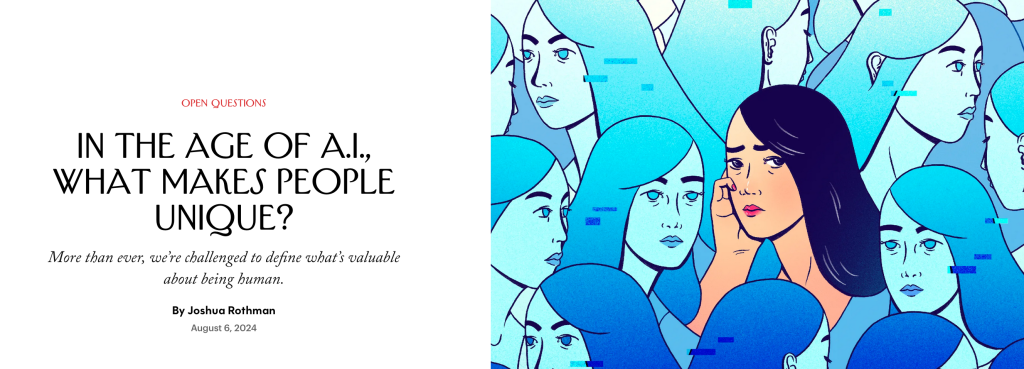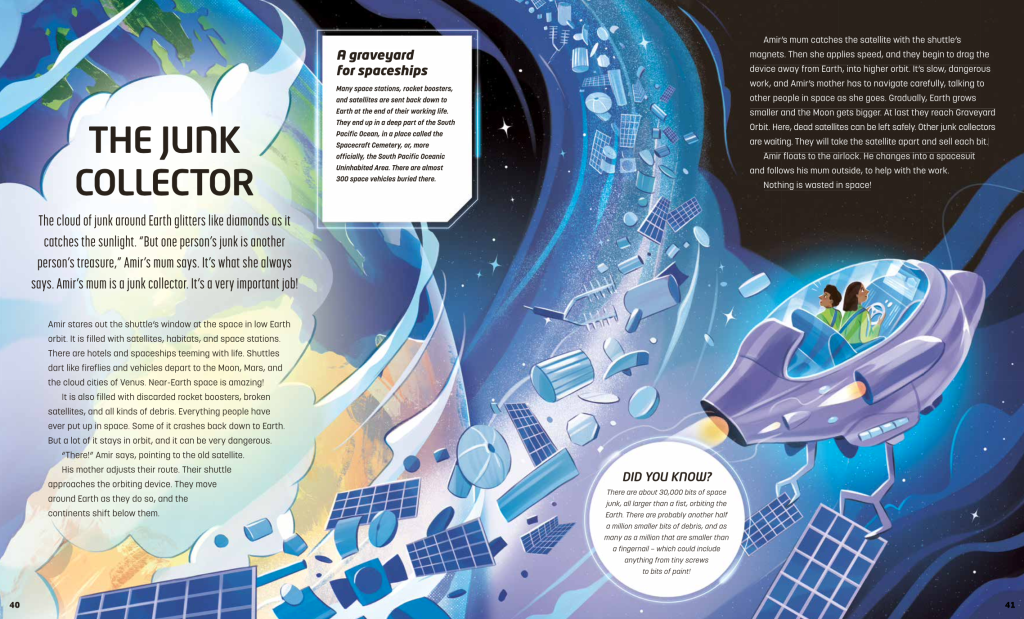
Off to a good start, but fell at the last fence I felt.
https://www.newyorker.com/culture/open-questions/in-the-age-of-ai-what-makes-people-unique


Off to a good start, but fell at the last fence I felt.
https://www.newyorker.com/culture/open-questions/in-the-age-of-ai-what-makes-people-unique
Massive shout out to the designers on Children’s Book of the Future. Would have been duller without you both. Cinthya @cinth.alvarez, and Bettina @bettina.ms @DKbooks Thank you!!!

